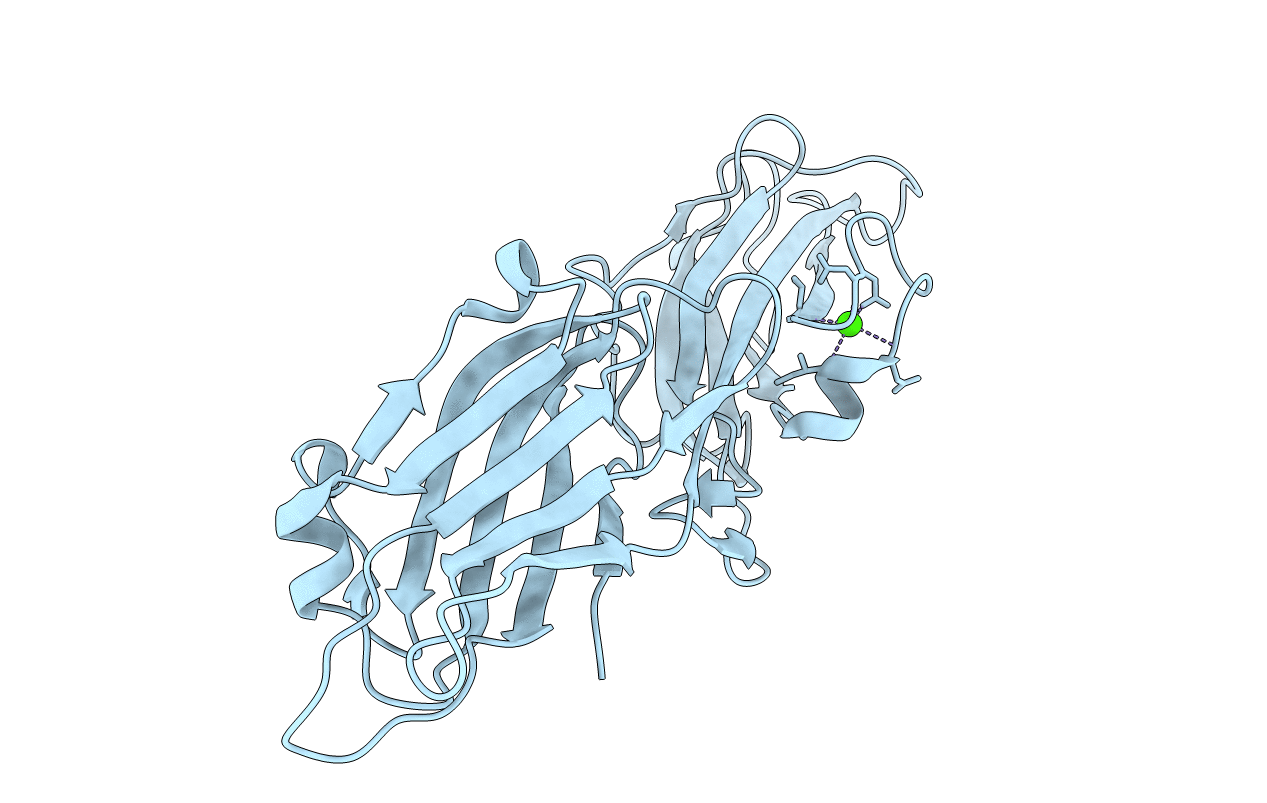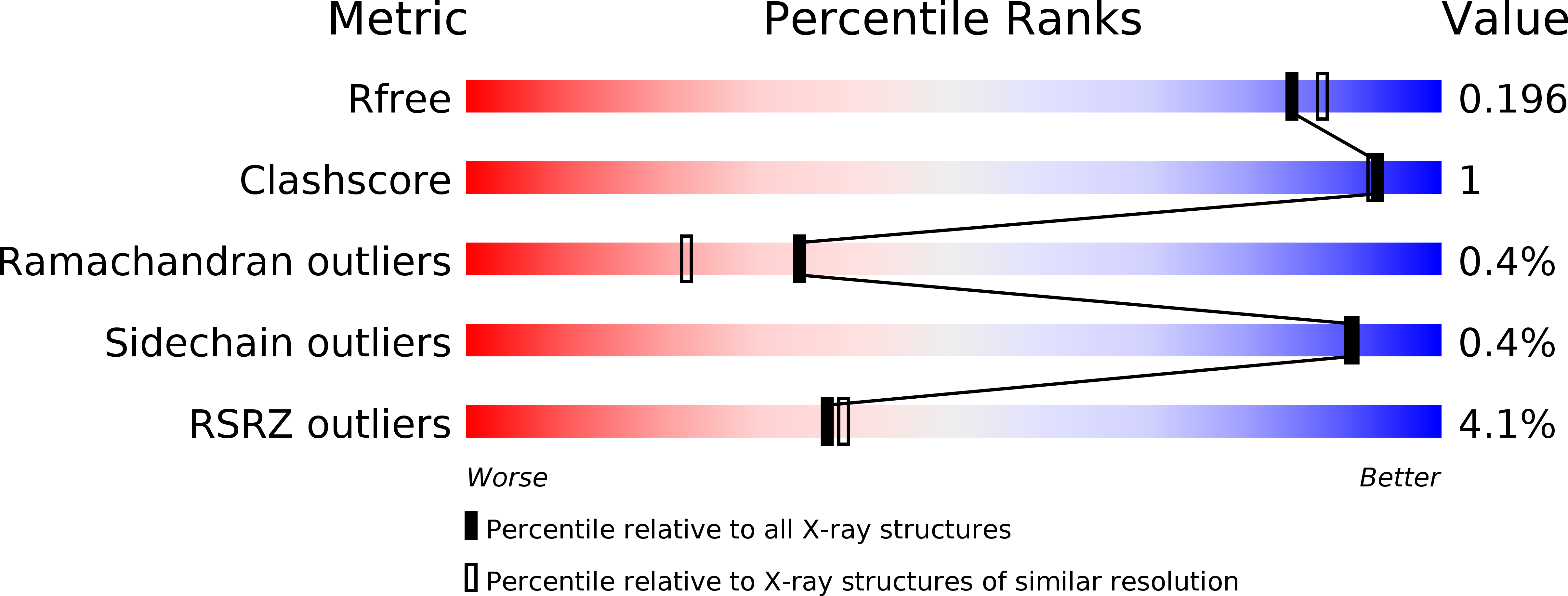
Deposition Date
2012-10-30
Release Date
2013-11-13
Last Version Date
2024-10-30
Entry Detail
PDB ID:
4HSQ
Keywords:
Title:
Crystal Structure of Domains D2 and D3 of the Major Pilin SpaD from Corynebacterium diphtheriae
Biological Source:
Source Organism:
Corynebacterium diphtheriae (Taxon ID: 257309)
Host Organism:
Method Details:
Experimental Method:
Resolution:
1.87 Å
R-Value Free:
0.18
R-Value Work:
0.15
R-Value Observed:
0.15
Space Group:
P 21 21 21


